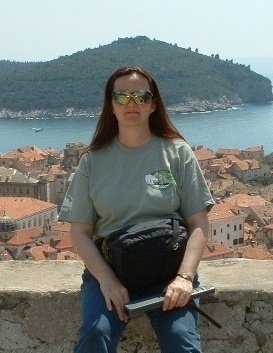
Here are some pictures and where I got them.
This one is from The Age: http://www.theage.com.au/news/world/drilling-likely-cause-of-java-mud-flow-study/2007/01/24/1169594363110.html

This one is from the Guardian On Line.
http://www.guardian.co.uk/indonesia/Story/0,,1997749,00.html

This one is from AlJazeera
http://english.aljazeera.net/NR/exeres/A405D51D-D403-4893-9FA5-75E5797026C1.htm
And here is on from MSNBC, plus a copy of their story.

http://www.msnbc.msn.com/id/16790691/
Experts tie Indonesia mud disaster to drilling
11,000 were forced from their homes; minister had blamed nature
Updated: 9:43 a.m. HT Jan 24, 2007
JAKARTA, Indonesia - A mud volcano that inundated dozens of villages was probably triggered by commercial gas drilling, research published in a respected scientific journal shows, contradicting an Indonesian government minister who insists it was a natural disaster.
It is "very likely" that the mud flow on the island of Java, which has spewed a million barrels of mud a day for eight months, is manmade, four researchers say in the February issue of the Geological Society of America's GSA Today.
Welfare Minister Aburizal Bakrie — whose family controls the PT Lapindo Brantas drilling company at the center of the scandal — has repeatedly claimed the geyser was sparked by a May 27 earthquake and that his company bears no financial liability.
But the British-based scientists believe drilling at a depth of more than one mile ruptured a highly pressurized pocket of hot gas and water, creating fissures in a bed of porous limestone.
"Once initiated, the fractures would have propagated to the surface, driven by the deep pressure," the report stated. "It would be highly coincidental for an earthquake-induced fracture to form 200 meters away from this well and provide the entire fracture network required for an eruption on the earth's surface."
Since May, around 163,000 cubic yards of sediment — equal to about 50 Olympic swimming pools — has gushed from the site. Around 11,000 people have been forced from their homes while four villages, and 25 factories have been consumed by a 30-foot layer of smelly gunk.
In November, a natural gas pipeline cracked under the weight of a dam built to channel the mud to the sea, triggering a powerful explosion that killed 13 people and injured a dozen others. It took emergency workers several days to find the bodies in the sludge.
The government has said it will seek an initial $420 million in damages from Lapindo, including $276 million paid to the victims, by March 2007.







No comments:
Post a Comment